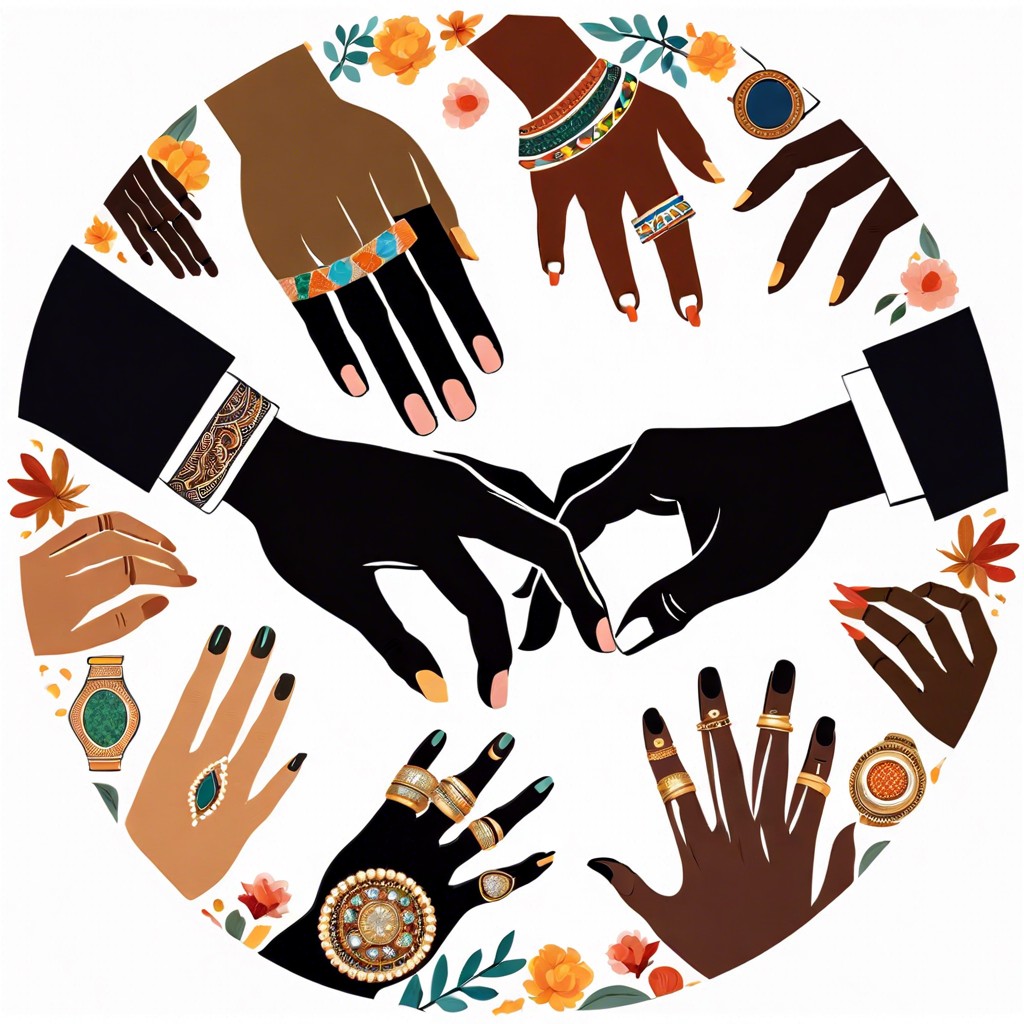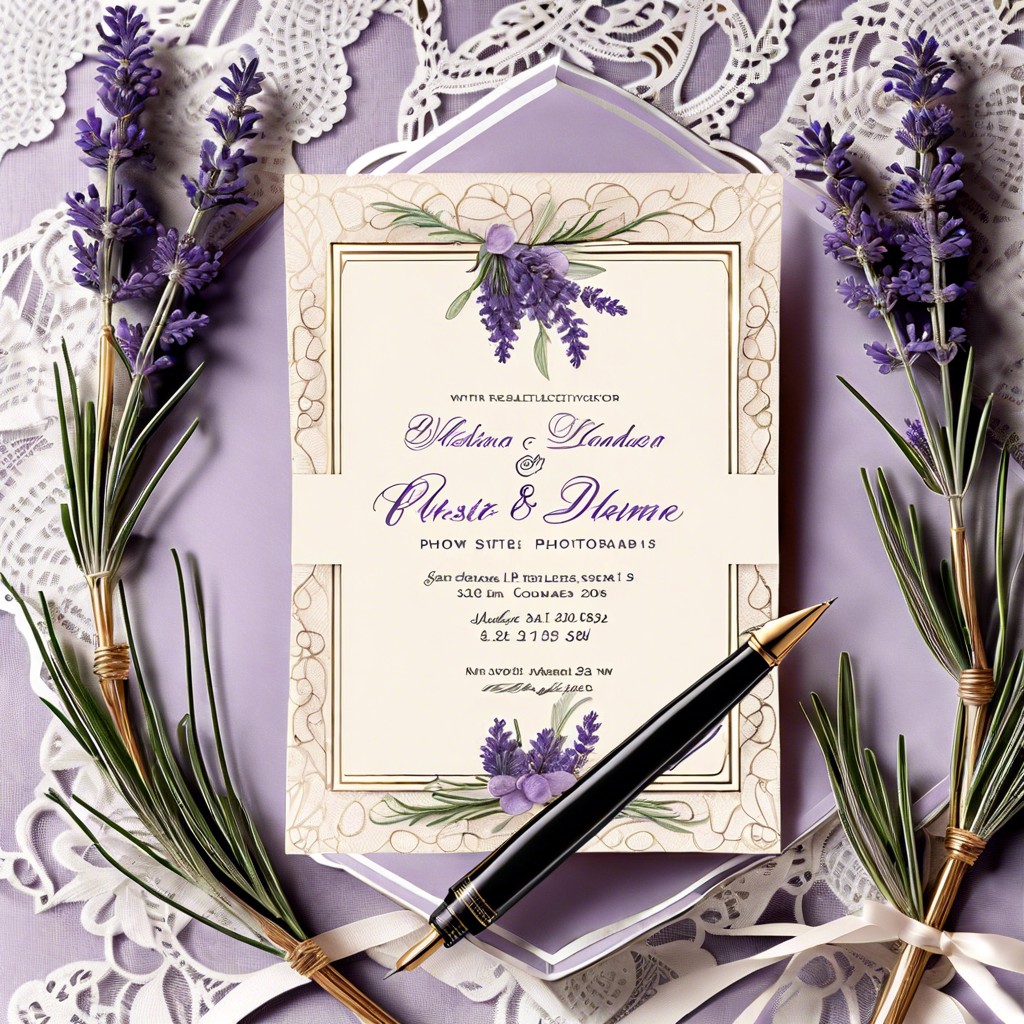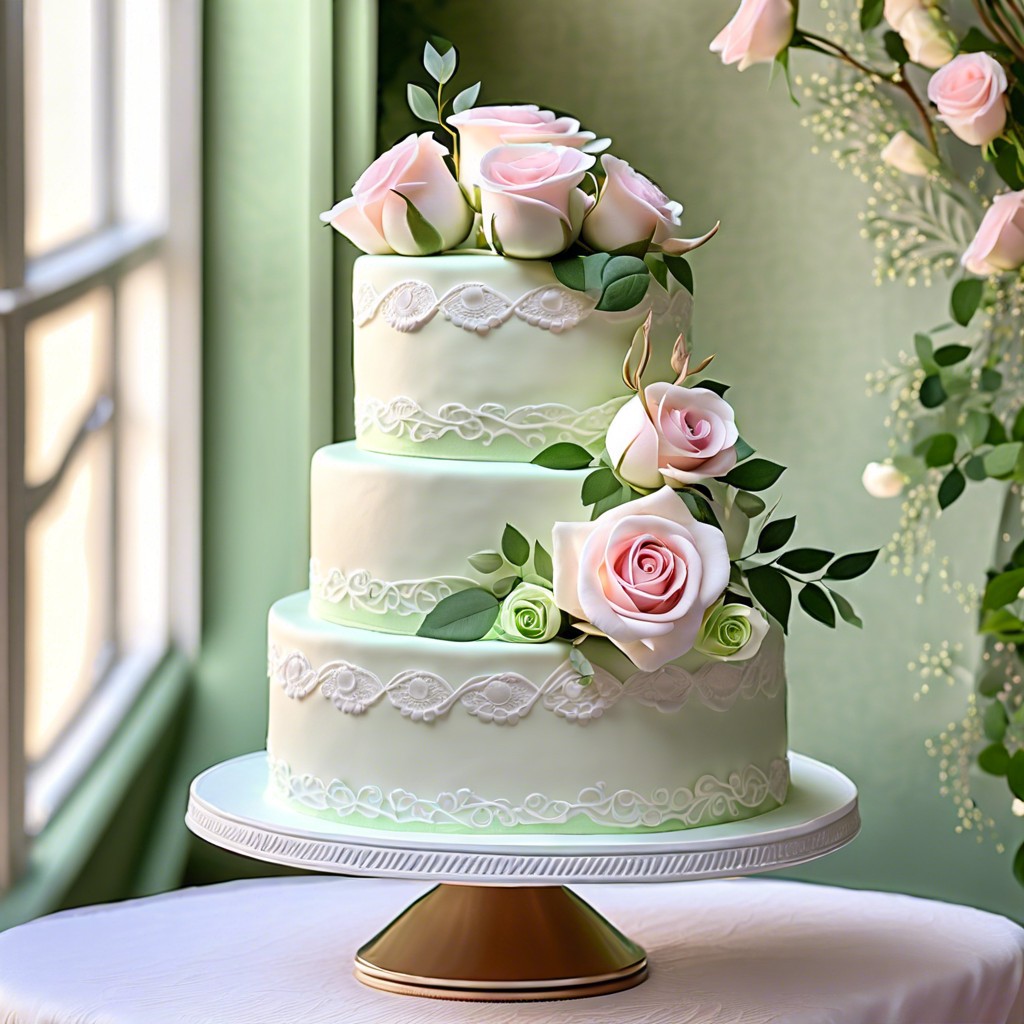Weather considerations for an outdoor wedding include temperature, precipitation, wind speed, humidity, and UV index.
Planning an outdoor wedding can be a magical experience, but it’s important to consider the weather when planning your special day. From choosing the right venue to deciding on decorations and attire, there are several things you need to take into account when preparing for an outdoor wedding.
In this blog post, we’ll discuss some of the most important weather considerations for an outdoor wedding so that you can make sure your big day is as perfect as possible!
Key takeaways:
- Wind can cause issues and discomfort for guests.
- Temperature affects guest comfort and event success.
- Humidity can make guests uncomfortable and affect decorations.
- Sunlight can be bright, hot, and cause glare in photos.
- Clouds can affect sunlight and bring rain or other precipitation.
Wind
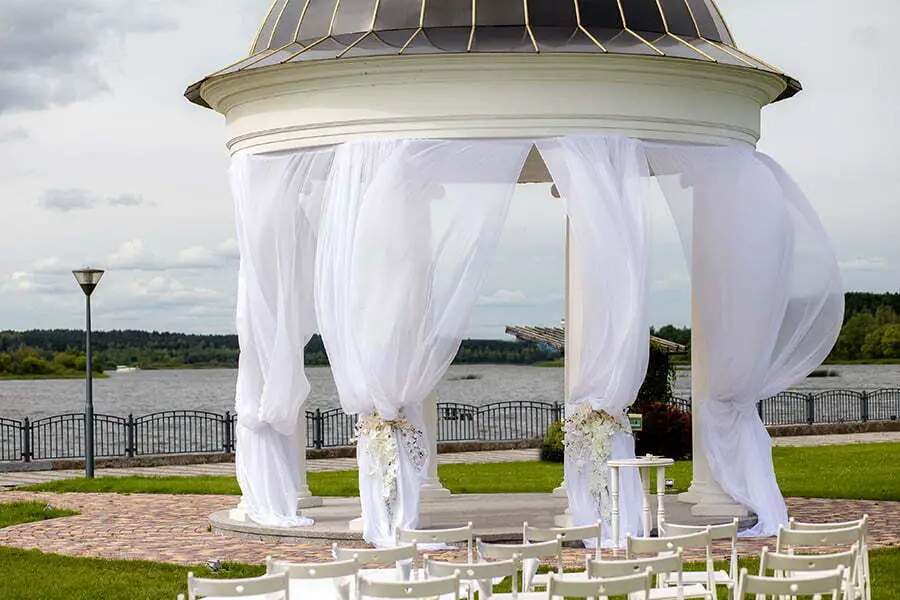
Wind is an important weather consideration for an outdoor wedding. Wind can cause a variety of issues, from blowing away decorations to making it difficult for guests to hear the ceremony.
It can also make it uncomfortable for guests if the wind is too strong or cold. To prepare for windy conditions, couples should consider having weighted items on hand to keep decorations in place and plan ahead with tents or other structures that will provide shelter from the wind.
Couples may want to choose a location that offers some natural protection from the wind such as trees or buildings.
Temperature
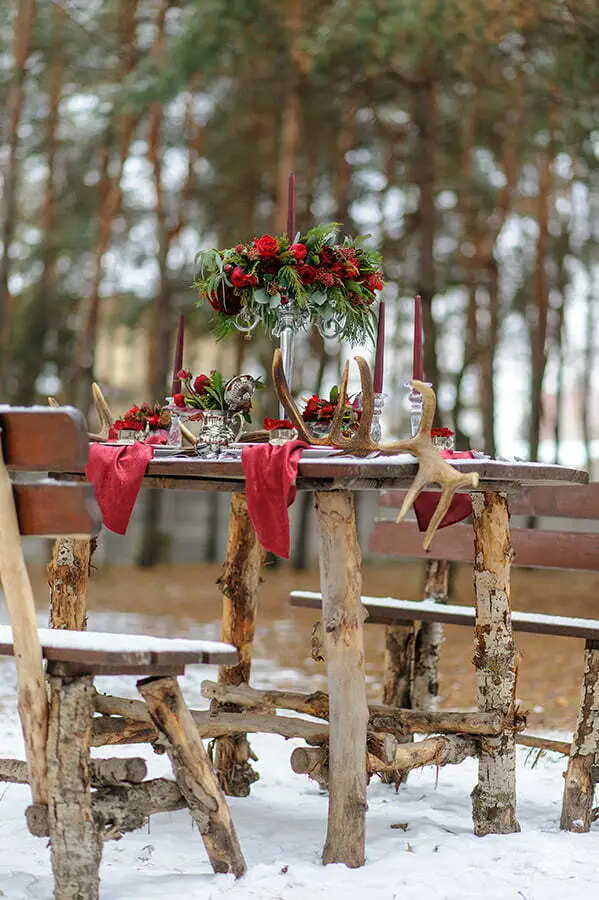
Temperature is an important factor to consider when planning an outdoor wedding. The temperature can have a major impact on the comfort of your guests and the success of your event.
If it’s too hot, guests may become uncomfortable and leave early; if it’s too cold, they may not be able to stay for long periods of time. It’s important to plan ahead and make sure that you choose a date with temperatures that are comfortable for everyone attending the wedding.
You should also consider having some form of shade or shelter available in case the weather turns unexpectedly warm or cold during the ceremony or reception. You should think about providing fans or heaters if necessary so that everyone stays comfortable throughout the day.
Humidity
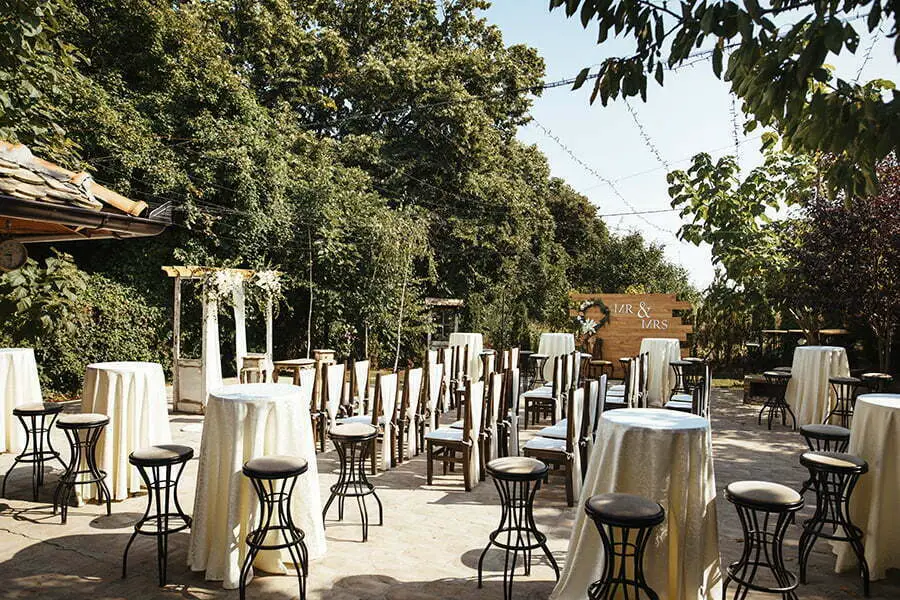
Humidity is the amount of moisture in the air. It can affect an outdoor wedding in a variety of ways.
High humidity levels can make it feel much hotter than it actually is, making guests uncomfortable and causing them to perspire more than usual. Low humidity levels can cause static electricity, which could be dangerous if there are any electrical components involved in the ceremony or reception.
High humidity levels may cause condensation on surfaces such as glasses and plates, making them slippery and difficult to handle. High humidity levels may also lead to mold growth on decorations or furniture used for the event.
Sunlight
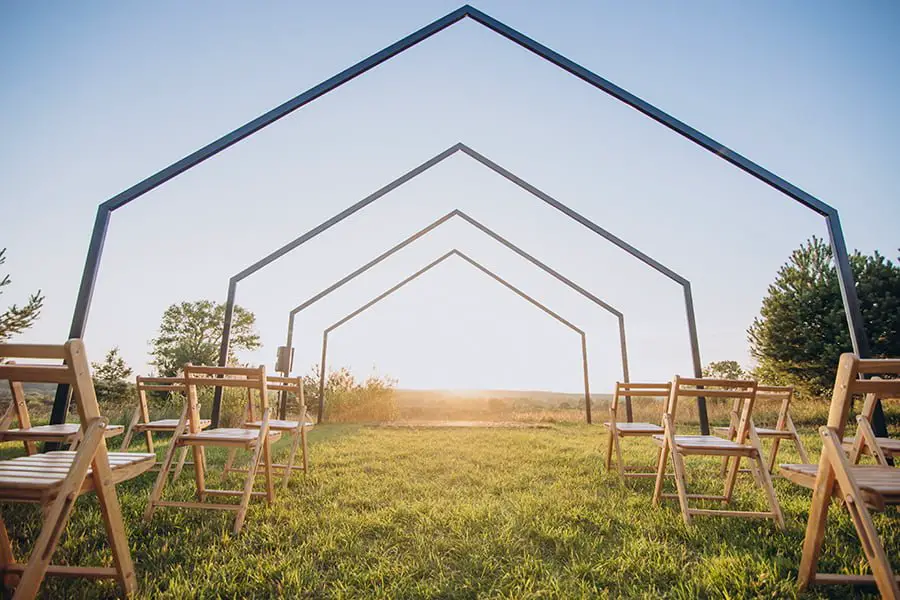
Sunlight is an important consideration for any outdoor wedding. On a sunny day, the sun can be very bright and hot, making it uncomfortable for guests and potentially damaging to decorations or food.
Sunlight can also cause glare on photos taken outdoors, which may not be desirable. To avoid these issues, couples should consider having their outdoor wedding in the early morning or late afternoon when the sun isn’t as strong.
They should also provide shade options such as umbrellas or tents for guests who need relief from the heat. They may want to use special filters on cameras to reduce glare in photos taken outdoors during daylight hours.
Clouds
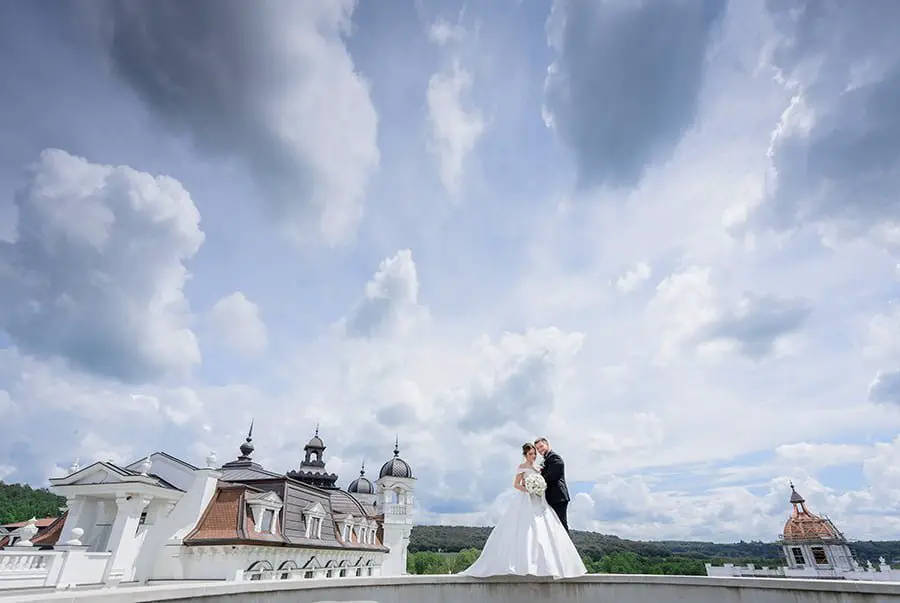
When planning an outdoor wedding, one of the most important weather considerations is clouds. Clouds can affect the amount of sunlight that reaches your guests and can also cause rain or other precipitation.
If there are too many clouds in the sky, it may be difficult to get enough natural light for photos and videos. If there is a chance of rain on your wedding day, you should plan ahead by having umbrellas or tents available for guests to use in case of inclement weather.
It’s also important to check the forecast before making any final decisions about your outdoor wedding plans so that you can adjust accordingly if necessary.
The Impact of Seasonal Changes On Outdoor Weddings
Seasonal changes can have a significant impact on outdoor weddings. The weather conditions during different seasons can vary greatly, and it’s crucial to consider these factors when planning your special day.
For example, if you’re having a summer wedding, you’ll need to prepare for potential heatwaves or sudden rain showers. On the other hand, autumn weddings may require arrangements for cooler temperatures and falling leaves.
Springtime ceremonies might face unpredictable weather patterns like gusty winds or unexpected downpours. By understanding how seasonal changes can affect your outdoor wedding, you’ll be better equipped to make informed decisions about venue selection, timing of the event, and necessary accommodations for both yourself and your guests.
Coping Strategies for Unexpected Weather Shifts
With some careful planning and preparation, you can cope with these changes and ensure that your special day goes smoothly. One of the most important coping strategies is having a backup plan in place.
This means securing an indoor or covered area where you can move the ceremony or reception if needed. It’s also essential to communicate this backup plan to your vendors and guests so everyone is aware of what will happen in case of inclement weather.
Consider investing in practical items such as umbrellas for guests or renting heaters for chilly evenings. By being proactive and prepared for unexpected weather shifts, you’ll be able to handle any situation that arises on your wedding day with ease.
The Importance of a Well-Thought Backup Plan for Weather Changes
Mother Nature can be unpredictable, and even if you’ve chosen a date with historically good weather, it’s essential to prepare for the unexpected. Rain showers or sudden temperature drops can put a damper on your special day if you’re not prepared.
Having a backup plan ensures that your wedding will go smoothly regardless of what the weather decides to do. It provides peace of mind knowing that there is an alternative option in case inclement conditions arise.
Whether it’s securing an indoor venue as Plan B or renting tents and umbrellas as necessary, having contingency plans in place will help alleviate stress and allow you to focus on enjoying your big day.
Communicating this backup plan with all involved parties – from vendors to guests – is equally important. Make sure everyone knows where they should gather or relocate in case of unfavorable weather conditions so that there are no last-minute surprises or confusion.
How to Use Weather Forecasts in Wedding Planning
While you can’t control Mother Nature, you can certainly prepare for it by utilizing weather forecasts in your wedding planning process. Checking the forecast regularly leading up to your big day will give you a better understanding of what conditions to expect and allow you to make necessary adjustments.
Start by identifying reliable sources for accurate weather information such as reputable websites or smartphone apps that provide detailed forecasts. Keep in mind that long-term predictions may not be entirely accurate, so focus on checking closer to your wedding date for more reliable updates.
Once armed with this information, consider how it might impact different aspects of your outdoor celebration. For example, if rain is predicted during ceremony hours, having a backup plan like renting tents or securing an indoor venue option becomes essential.
If high temperatures are expected during summer months, providing shade options like umbrellas or arranging cooling stations with fans and cold beverages will keep guests comfortable.
Weather forecasts also play a role in determining appropriate attire choices for both yourself and guests attending the event. If cooler temperatures are anticipated later in the evening when festivities continue outdoors after sunset – suggesting jackets or wraps would be wise – communicate this dress code expectation ahead of time so everyone comes prepared.
Incorporating Weather Elements in Your Wedding Decor and Theme
Embracing the natural surroundings and weather conditions can create a memorable atmosphere for you and your guests. Here are some ideas on how to incorporate weather elements in your wedding decor:
1. Rain: If rain is a possibility, consider providing umbrellas or rain ponchos for guests as both practical items and stylish accessories.
You could also set up elegant clear tents or marquees that allow you to enjoy the beauty of nature while staying dry.
2. Sun: For sunny weddings, provide parasols or fans as favors for guests to keep cool during the ceremony or reception.
Incorporate sun-inspired motifs like sunflowers in bouquets, centerpieces, or even on invitations.
3. Wind: Utilize wind chimes throughout the venue space to create soothing sounds when there’s a gentle breeze blowing through them.
Opt for lightweight fabrics such as chiffon that gracefully sway with each gust of wind.
4. Snow: If you’re having a winter wonderland-themed wedding with snowfall expected, embrace it by using faux snowflakes as part of table centerpieces or hanging decorations from above. Remember that subtlety is key when incorporating these elements into your overall theme; avoid going overboard so they complement rather than overpower other aspects of your wedding decor.
FAQ
What temperature is comfortable for outdoor wedding?
The ideal temperature for an outdoor wedding is between 65 to 80 degrees Fahrenheit.
Is October too cold for an outdoor wedding?
No, October is not too cold for an outdoor wedding, as it often provides cooler and temperate weather.
What is the best season for an outside wedding?
The best season for an outdoor wedding in the U.S. is early summer or early fall, specifically the months of May, June, September, and October, due to mild weather and a reduced risk of disruptive weather conditions.
How do rainfall patterns influence outdoor wedding planning?
Rainfall patterns greatly influence outdoor wedding planning as they determine the suitability of dates and locations, impact tent and furniture selection, and necessitate contingency plans for unpredictable weather changes.
What types of decorations hold up best in outdoor wedding settings?
Durable and weather-resistant decorations such as paper lanterns, fairy lights, candle holders, and floral garlands typically fare best in outdoor wedding settings.
What are optimal lighting options for evening outdoor weddings?
Optimal lighting options for evening outdoor weddings include string lights, lanterns, chandeliers hung from trees, candles, and LED lights strategically placed to accentuate key areas.
